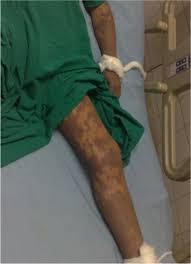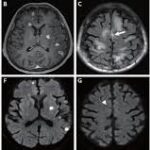A meningococcal carrier is an individual who harbors Neisseria meningitidis in their nasopharynx without displaying symptoms of meningococcal disease. These carriers play a crucial role in the transmission of the bacteria, as they can spread it to susceptible individuals through respiratory droplets.

How is Neisseria meningitidis Transmitted?
Meningococcal bacteria spread primarily through:
- Respiratory droplets: Coughing, sneezing, or talking in close proximity
- Saliva exchange: Kissing or sharing utensils and drinks
- Close living conditions: Dormitories, military barracks, and households increase transmission risk
Risk Factors for Meningococcal Carriage
Certain factors increase the likelihood of becoming a carrier:
- Age: Adolescents and young adults have the highest carriage rates
- Smoking and exposure to tobacco smoke
- Crowded environments: Schools, prisons, and military settings
- Close personal contact with infected individuals
- Compromised immune system
Pathogenesis: How the Bacteria Resides in Carriers
Upon entering the nasopharynx, Neisseria meningitidis may:
- Colonize the mucosal lining without causing symptoms.
- Invade the bloodstream, leading to meningococcal meningitis or septicemia in susceptible individuals.
- Spread through respiratory secretions to new hosts.
Diagnosis of Meningococcal Carriers
Identifying carriers is essential for outbreak control. The following tests are used:
- Nasopharyngeal swab culture to isolate Neisseria meningitidis
- Polymerase Chain Reaction (PCR) for rapid bacterial detection
- Serotyping to identify specific bacterial strains
Public Health Impact of Meningococcal Carriers
Carriers contribute to herd immunity by fostering low-level immune responses in the population. However, they also pose a risk by enabling bacterial spread, particularly during outbreaks.
Preventing Meningococcal Transmission
1. Vaccination
- Quadrivalent meningococcal vaccines (MenACWY): Protects against serogroups A, C, W, and Y
- Serogroup B meningococcal vaccine (MenB): Targeted protection against N. meningitidis serogroup B
- Routine immunization for high-risk groups
2. Antibiotic Prophylaxis
- Rifampin, ciprofloxacin, or ceftriaxone are prescribed to close contacts of infected individuals
3. Hygiene and Public Awareness
- Avoiding saliva-sharing behaviors
- Encouraging proper cough and sneeze etiquette
- Promoting awareness in high-risk communities
Meningococcal carriers play a pivotal role in the spread of Neisseria meningitidis, influencing both disease outbreaks and population immunity. Understanding transmission dynamics, risk factors, and preventive measures is essential for effective public health strategies. Vaccination, prophylactic antibiotics, and improved hygiene can mitigate the risks associated with meningococcal carriage and prevent severe disease outcomes.

